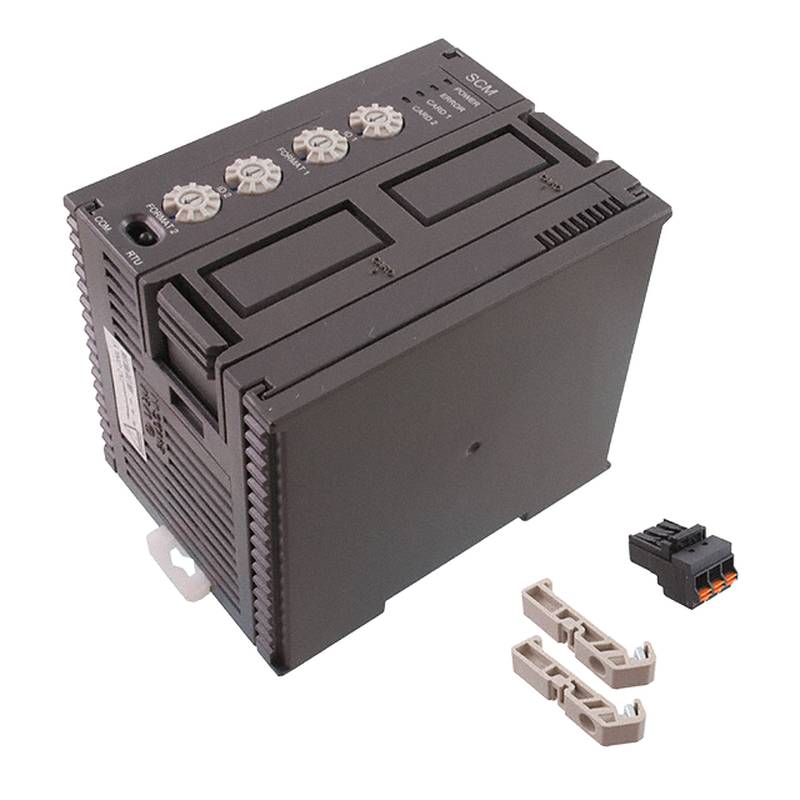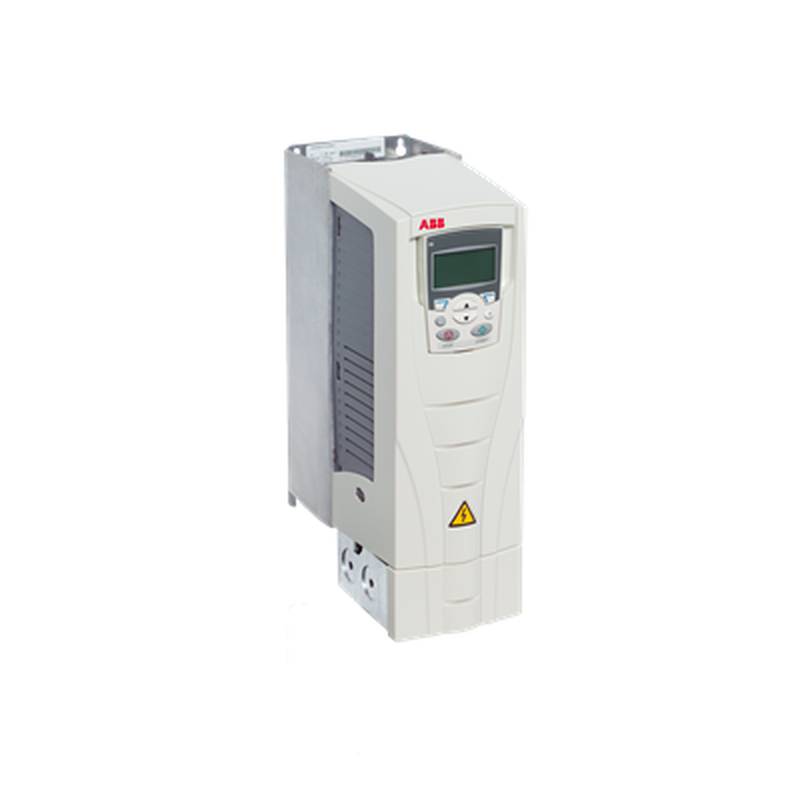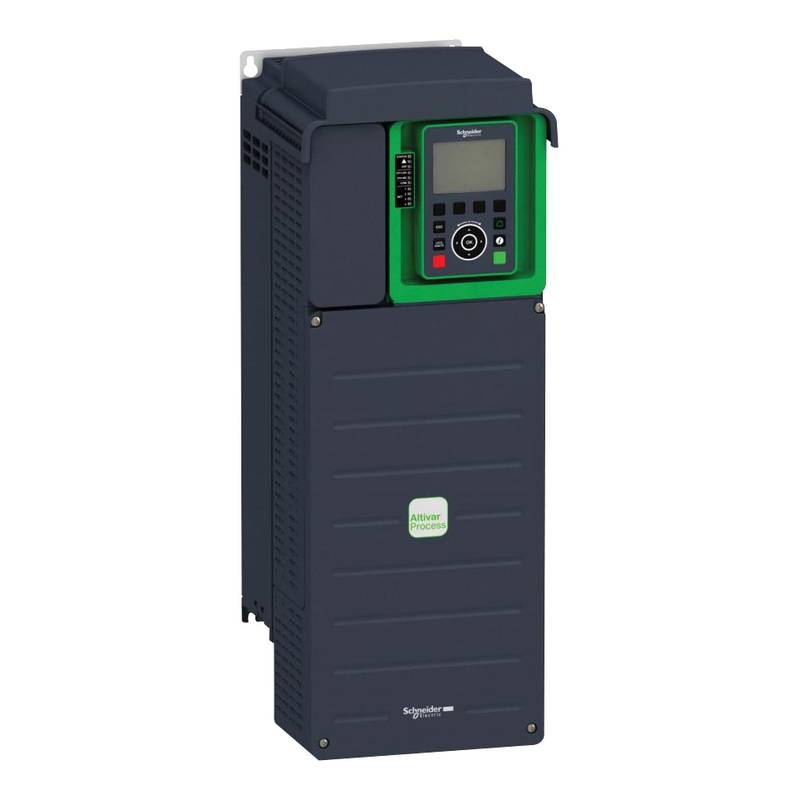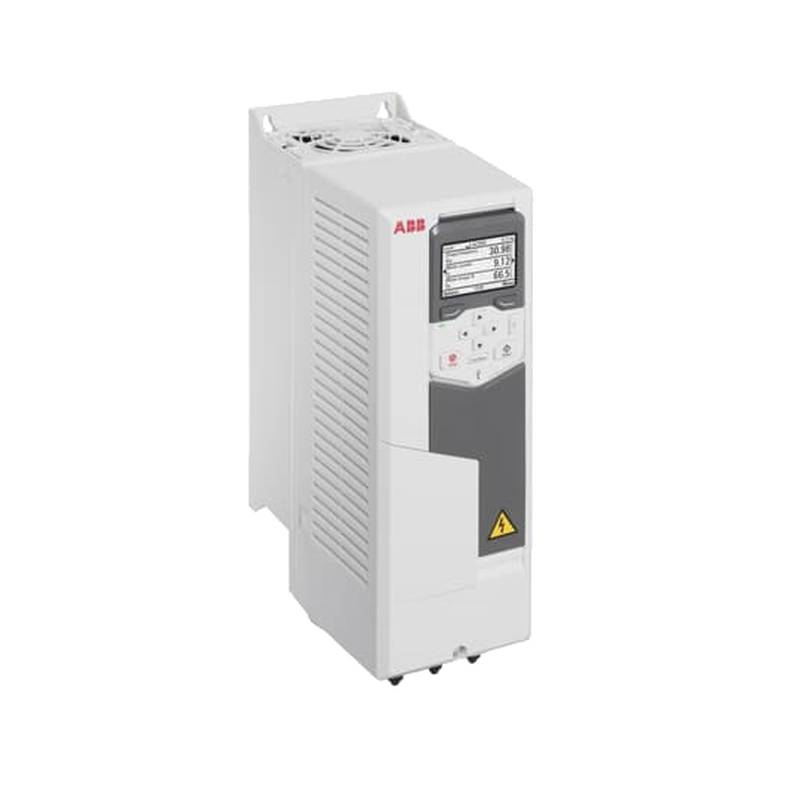
The Siemens 5SN6120-8CN is a single-pole, 20-amp Miniature Circuit Breaker (MCB) engineered for high-breaking capacity, making it an indispensable component in industrial control systems. This device offers superior protection against overcurrents and short circuits, ensuring operational continuity and personnel safety. Its robust design and advanced technology deliver reliable performance in demanding environments, positioning it as a leading choice for critical electrical infrastructure. Key technical parameters include a rated voltage of 230/400V AC, a breaking capacity of 6kA, and compliance with IEC/EN 60898-1 standards, guaranteeing adherence to stringent international safety and performance benchmarks.
Product Specifications
| Feature | Specification |
| :---------------------- | :----------------------------- |
| Product Type | Miniature Circuit Breaker (MCB) |
| Poles | 1P |
| Rated Current (In) | 20A |
| Rated Voltage (Ue) | 230/400V AC |
| Breaking Capacity (Icn) | 6kA |
| Tripping Curve | C |
| Frequency | 50/60 Hz |
| Protection | Overcurrent and Short Circuit |
| Standard | IEC/EN 60898-1 |
| Terminal Type | Screw Terminal |
| Mounting Type | DIN Rail |
| Material | High-quality Plastic |
| Operating Temperature | -25°C to +55°C |
Core Features & Market Positioning
The Siemens 5SN6120-8CN MCB distinguishes itself through its high breaking capacity of 6kA, a critical attribute for industrial applications where fault currents can be significant. This robust protection capability, combined with a reliable C-curve tripping characteristic, ensures effective safeguarding of circuits against both moderate overloads and severe short circuits without unnecessary nuisance tripping. Its construction from high-quality plastic materials enhances durability and longevity, even under challenging environmental conditions. Positioned as a cost-effective yet high-performance solution, the 5SN6120-8CN is favored by system integrators and maintenance professionals for its dependable operation and Siemens' reputation for manufacturing excellence, making it a competitive option against other industrial MCB brands.
Key Application Scenarios
This Siemens 5SN6120-8CN MCB is ideally suited for protecting individual circuits within industrial control panels, power distribution boards, and machinery control systems. Its primary role is to prevent damage to equipment and wiring caused by overloads or short circuits in manufacturing plants, process control facilities, and building automation systems. It's particularly valuable in applications requiring precise and rapid disconnection, such as safeguarding motors, lighting circuits, and sensitive electronic components. The 20A rating and single-pole configuration are common for branch circuit protection in these industrial settings, offering localized safety and operational integrity.
Practical System Integration Guidance
Integrating the Siemens 5SN6120-8CN MCB into an industrial control system is straightforward due to its standard DIN rail mounting. Ensure proper termination by firmly tightening the screw terminals to secure the conductors, preventing loose connections that could lead to overheating or intermittent faults. For wiring, connect the incoming live conductor to the upper terminal and the outgoing conductor to the lower terminal. The neutral conductor should not pass through this single-pole MCB. Always adhere to local electrical codes and standards during installation to guarantee safety and compliance.
Operation and Risk Mitigation
The Siemens 5SN6120-8CN MCB operates automatically, tripping the circuit when detecting currents exceeding its rated limit due to overloads or short circuits. To reset the breaker after a trip, ensure the fault condition has been cleared, then manually move the toggle switch to the 'ON' position. Common troubleshooting involves identifying the cause of the trip, which could range from a faulty appliance to a wiring issue. If the MCB trips repeatedly without an apparent fault, inspect connections and connected loads for anomalies. Never attempt to force the breaker back on if the fault persists, as this can lead to severe damage or fire hazards.
Scalability & Long-Term Value
While the 5SN6120-8CN is a single-pole device, its integration into larger Siemens industrial control platforms offers inherent scalability. It is designed to be compatible with other Siemens circuit protection devices and modular components, allowing for system expansion as industrial demands evolve. This compatibility ensures that as a facility grows or its electrical needs change, existing Siemens infrastructure can be readily adapted or expanded without requiring a complete system overhaul. The robust construction and reliable performance contribute to its long-term value by minimizing downtime and maintenance requirements over its operational lifespan.
FAQs
What is the breaking capacity of the Siemens 5SN6120-8CN MCB?
The Siemens 5SN6120-8CN MCB features a high breaking capacity of 6kA. This rating signifies its ability to safely interrupt fault currents up to 6000 amperes without sustaining damage. It is crucial for industrial environments where potential fault currents can be substantial, ensuring protection against severe electrical events.
What is the correct voltage rating for this MCB?
This single-pole MCB is rated for 230/400V AC. This voltage rating makes it suitable for use in standard industrial and commercial power distribution systems. Always ensure the supply voltage does not exceed the MCB's specified rating to maintain safe operation and prevent damage.
Can the Siemens 5SN6120-8CN be used for DC circuits?
No, the Siemens 5SN6120-8CN MCB is specifically designed for AC (Alternating Current) circuits. It is not suitable for DC (Direct Current) applications. Using it on DC systems could lead to improper operation, failure to trip, and significant safety hazards.
What does the 'C' in the tripping curve 'C' signify?
The 'C' in the tripping curve indicates that the MCB is designed to trip between 5 to 10 times the rated current. This characteristic is ideal for circuits with moderate inductive loads, such as small motors or fluorescent lighting, providing protection against short circuits while tolerating temporary inrush currents.
How do I reset the Siemens 5SN6120-8CN after it trips?
To reset the breaker, first identify and rectify the cause of the overload or short circuit. Once the fault is cleared, simply flip the toggle switch to the 'ON' position. If the breaker trips again immediately, there is likely an unresolved issue requiring further investigation.
What is the ambient temperature range for operating this MCB?
The Siemens 5SN6120-8CN MCB can operate reliably within an ambient temperature range of -25°C to +55°C. Maintaining operation within this range ensures optimal performance and longevity. Extreme temperatures outside this specification can affect the breaker's tripping characteristics and lifespan.
Is this MCB suitable for residential use?
While it meets international standards, the 5SN6120-8CN is optimized for industrial control applications due to its specific breaking capacity and features. For typical residential circuits, other MCB series might be more commonly specified, though it could be used where higher breaking capacity is warranted.
What type of terminal connection does this MCB use?
This MCB utilizes standard screw terminals for electrical connections. This ensures a secure and reliable connection when properly tightened, which is essential for preventing loose connections and potential overheating in industrial settings.
Does Siemens offer accessories for the 5SN6120-8CN MCB?
Yes, Siemens typically offers a range of accessories for its modular circuit protection devices, which may include auxiliary switches, alarm contacts, and busbars. These accessories can enhance the functionality and integration capabilities of the MCB within larger control systems.
What are the primary protection functions of the 5SN6120-8CN?
The primary protection functions of the Siemens 5SN6120-8CN are against overcurrents (overloads) and short circuits. It is designed to rapidly disconnect the circuit when current levels become dangerously high, thereby protecting electrical equipment and preventing electrical fires.

























